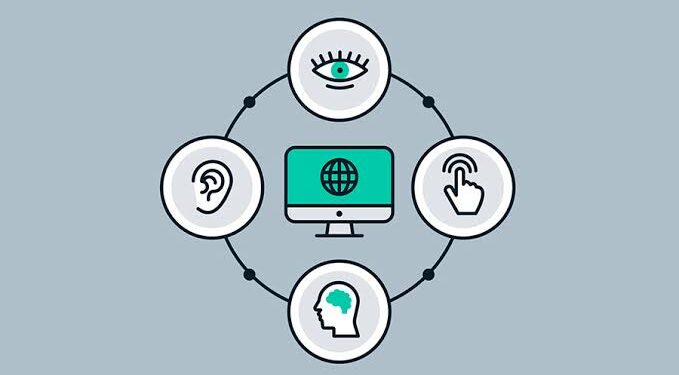It might be hard to believe that many websites and resources aren’t developed for accessibility. But it is a fact that, despite the amazing and most advanced tools at our disposal, the disabled cannot access the majority of websites.
Website Inaccessibility
Typically, we leave millions of users out of the equation. Many who would like to visit particular websites. We do this as website owners strive to attract as many millions as they can get their hands on. The irony is the ability to enhance accessibility is within every website owner and developer’s purview.
Accessibility for all internet users must include those with disabilities, special needs or impairments. Websites need engineering that meets these challenges. Developers should account for resources like screen readers and alternative keyboards to include excluded users.
How to Make Your Website Accessible
Our suggestions here apply primarily to the popular and flexible WordPress. But these solutions are in one way or another, no pun intended, accessible tools in many CMS platforms.
1. Keep Your Site Keyboard-Friendly
For a website to be fully accessible, engineer it for use without a mouse. This way the site aligns with keyboard-only assistive tech. All pages, links, content, video, etc., should be keyboard accessible.
2. Alt-Text All Images
Developers use “Alternative Text” for text. You can also use the function for images. Alt-text would allow screen readers to “read” an image. That would give context for users who otherwise wouldn’t see the image.
3. All Content is Easy to Access
Right now, the majority of content is pretty accessible. One of the exceptions is a page containing dynamic content. This is content that’s altered without page reloading. Unfortunately, a screen reader will only read a site based on its first loads.
4. Use of Colors
Users perceive colors differently. Color blindness is an extreme example. It’s important that colors contrast well so that any visitor can distinguish elements. Utilizing dark text against light backgrounds and avoiding clashing colors that strain eyes are good strategies.
5. Avoid Tables
Tables are handy. Content creators love tables for their attractiveness and ability to break up blocks of text. Tables are also a quick way to parse out information. Only tables complicate matters for screen readers and other devices. If you code a table, try to do so using accessibility standards.
A Create Accessible Forms
Your form fields must be clearly labeled for accessibility. Place fields adjacent to respective labels. Provide information and instructions in manners that make it easy for any user to follow and understand. Caldera Forms is excellent for this. It’s a plugin manufactured for accessibility.
7. Structure Headers Responsibly
Simplify content with headers. They make content flow and make it easier to digest. Clear headers help screen readers better interpret content. Use proper nesting for navigation: one H1 header, followed by H2, H3, etc.
While there are plenty of website accessibility solutions, ultimately it’s up to the website constructionist to use them. It’s the only way to create user-friendly web experiences for everyone.











